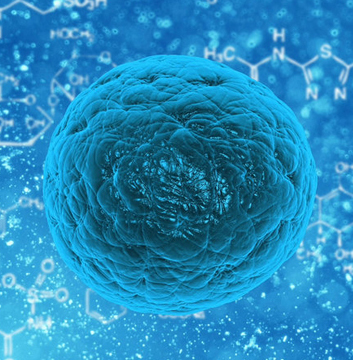
After over a century of development, cancer immunotherapy (CIT) has risen to become a promising approach for treating cancer. Unlike conventional methods that try to kill cancer cells directly, CIT involves modifying or stimulating the immune system’s natural ability to fight the disease. So far, various CIT treatments have shown remarkable results in terms of survival rates, and many new and combination strategies are currently under study.
Despite its undeniable potential, CIT still has many hurdles to overcome, as the efficacy of available treatments remains limited and highly variable.
Tumors are complex, adaptive, and heterogeneous, and the tumor immune microenvironment (TIME) has many internal and external influencing factors that remain poorly understood. As a consequence, we are still far from elucidating the mechanisms behind tumors’ resistance to CIT.
In an effort to keep researchers up to date on the state of CIT, a team of scientists from The First Hospital of Jilin University, China, have recently published a review article in Chinese Medical Journal. This paper was made available online on May 19, 2021 and was published in Volume 134 Issue 11 of the journal on June 5, 2021.
In this review, the scientists go over the current bottlenecks of CIT, the latest progress on promising therapeutic targets and combined strategies, and future research directions. “Our review explains key challenges that have emerged in the era of CIT and the possible solution or research directions to overcome them. It also provides relevant references for basic research and the development of modified clinical treatment regimens,” explains Dr. Jiu-Wei Cui, who led the team.
First, the article describes one of the main bottlenecks in CIT: the limited understanding of both the tumor microenvironment and the TIME. Even if a patient initially responds well to a given CIT treatment, they usually end up developing resistance in ways we still don’t fully comprehend. Fortunately, with the accelerated progress of technology, our understanding of inter- and intra-patient tumor variability is constantly being updated. If we could establish relevant biomarkers to stratify patients depending on their tumor phenotypes, we would be able to find suitable therapeutic targets and learn about each type of tumor in more detail. In theory, this would make it easier to tailor treatment strategies and make CIT a more attractive option.
The review then presents the latest and most effective therapeutic targets and combination strategies in CIT. Many recent trends involve combining immune checkpoint inhibitors (ICIs) with a variety of other drugs and methods. Some examples include combining ICIs with conventional techniques like chemotherapy, immune system agonists, tumor vaccines, anti-angiogenic drugs, and cellular immunotherapy. In addition to these combined approaches, researchers are testing new inhibitory receptors and targets to overcome resistance, as well as other strategies such as bispecific antibodies and immunomodulatory drugs that can help reprogram the TIME.
